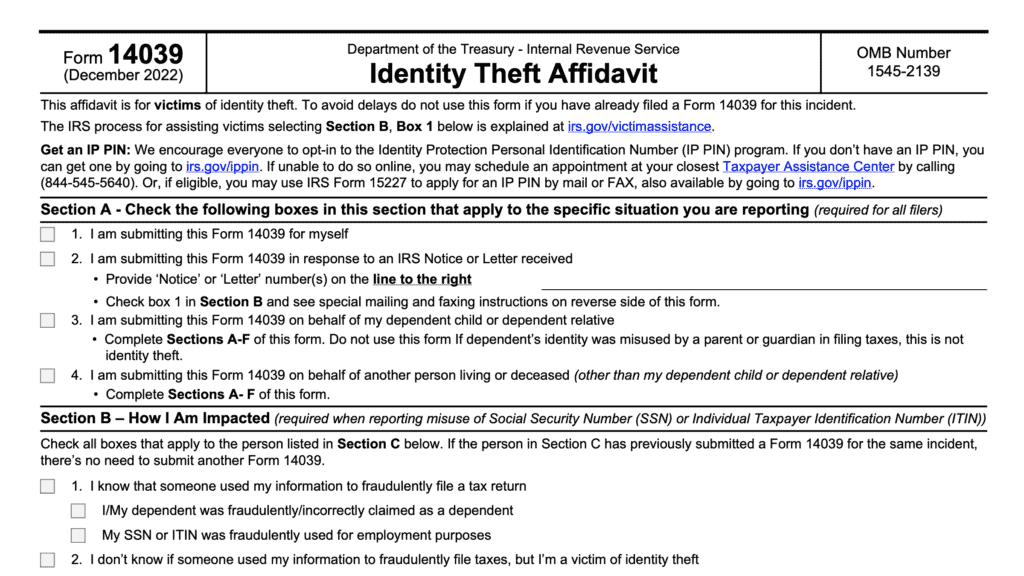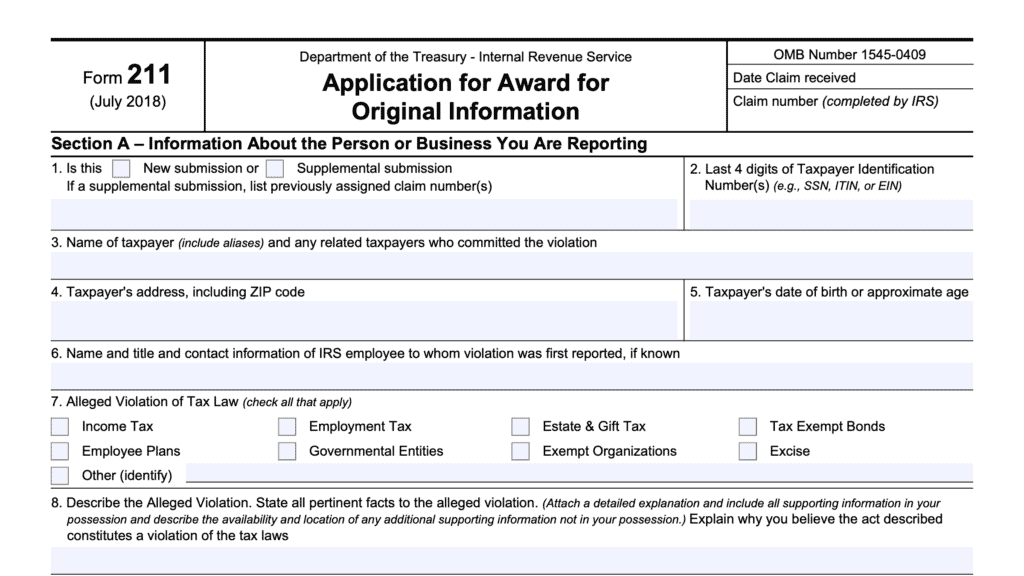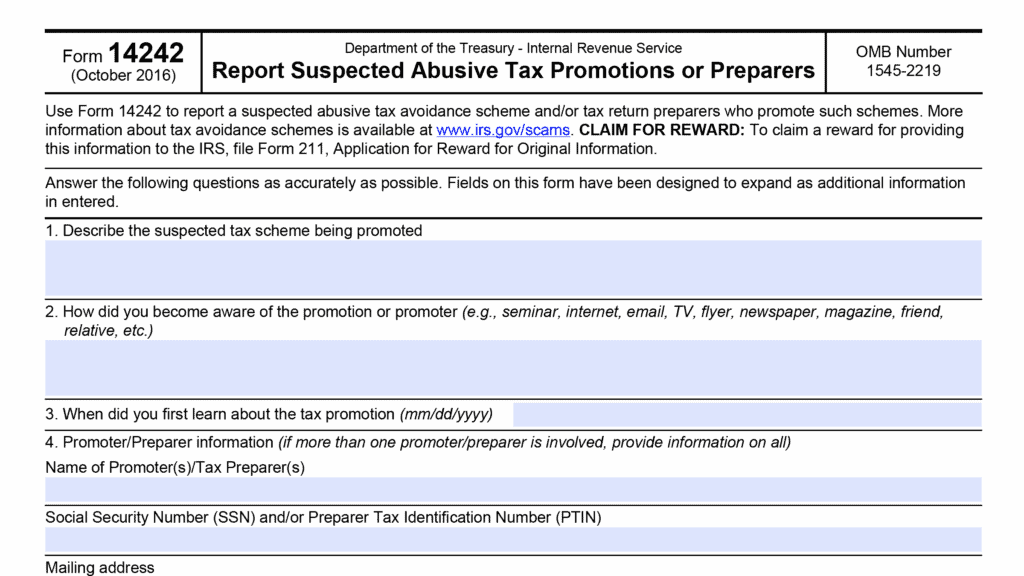IRS Form 14157-A Instructions
If you’re the victim of return preparer misconduct, or if you suspect that your tax professional is has engaged in fraudulent activity, you don’t have to remain silent. This in-depth article will show you how to use IRS Form 14157-A to file a complaint against your tax return preparer.
Specifically, we will discuss:
- How to complete Form 14157-A
- Filing considerations
- Alternatives to filing IRS Form 14157-A
Let’s start with a step by step guide of this tax preparer misconduct form.
Table of contents
How do I complete IRS Form 14157-A?
This form is relatively straightforward, and has 2 pages. We’ll go through each part with step-by-step instructions.
Page 1: Information About Fraud or Misconduct
Let’s go through Page 1, starting with the taxpayer contact information fields at the top.
Taxpayer name
Enter your name as it appears on your tax return: Last name, first name, middle initial.
Spouse name
If you and your spouse filed a joint tax return, enter your spouse’s name as it appears on your tax return.
Taxpayer identification number
Enter your complete Social Security number in this field. If you have an individual taxpayer identification number (ITIN), but not a Social Security number, you may enter that instead.
Mailing address
Enter the mailing address you used on your tax return.
If you recently changed addresses and have not yet notified the Internal Revenue Service, you may consider updating your records by filing one of the following:
Name of tax return preparer
Enter the name of the tax return preparer that you are filing a complaint about.
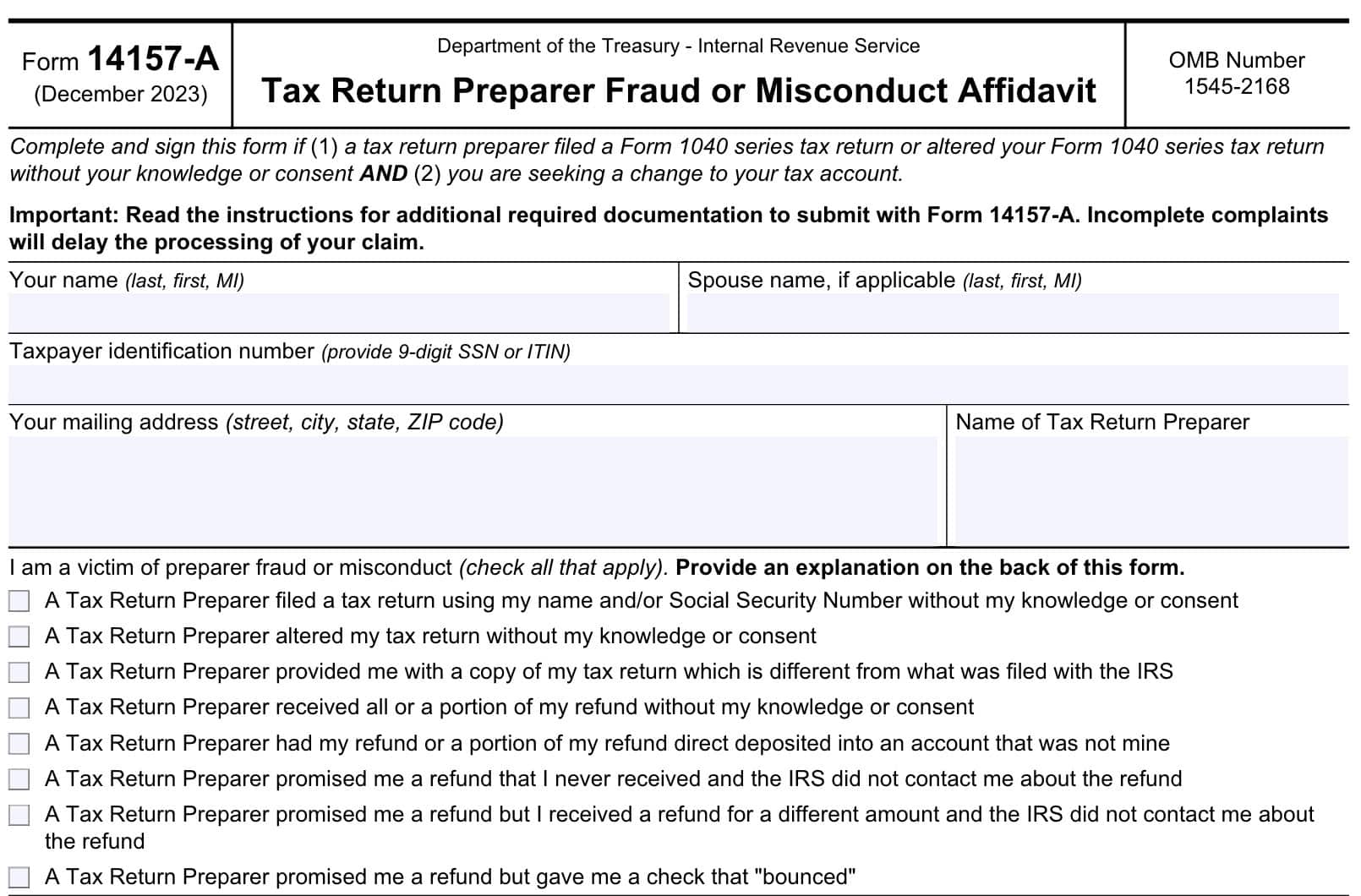
Type of preparer fraud or misconduct
Check the appropriate box or boxes that accurately describe the reasons you’re filing the tax return preparer complaint:
- Tax return preparer filed a tax return using my name and/or Social Security number without my knowledge or consent
- Tax return preparer altered my original return without the taxpayer’s knowledge or consent
- Tax return preparer provided me with a copy of my tax return which is different from what was filed with the IRS
- Tax return preparer received all or a portion of my tax refund without my knowledge or consent
- Tax return preparer had my refund or a portion of my refund direct deposited into an account that was not mine
- Tax return preparer promised me a refund that I never received and the IRS did not contact me about the refund
- Tax return preparer promised me a refund but I received refund for a different amount and the IRS did not contact me about the refund
- Tax return preparer promised me a refund but gave me a check that ‘bounced’
Once you’ve selected the type of tax preparer fraud or misconduct, you’ll need to provide more detailed information about what your tax return preparer did.
List the tax year(s) impacted for each box checked above.
For each type of incident, list the taxable year or years each incident occurred.
If you used the tax return preparer named above for any other tax year(s) filings or returns, list the tax year(s)
If there were any other tax filings or returns, besides the ones listed in your complaint, then list the tax year or years that you used the return preparer.
Do you have a relationship with the preparer other than a business relationship?
Check Yes if you have a relationship with your tax return preparer, besides a strictly business relationship.
If Yes, then indicate the type of relationship you have. Examples include:
- Friend
- Neighbor
- Relative
- Co-worker
How did you find out this person prepared income tax returns?
In this space, indicate how you came to know that this person prepared federal tax returns.
Did you receive a refund?
If you received a tax refund
If you received a tax refund, check Yes. Then enter the amount of your tax refund.
Enter the amount of your expected refund in the space provided if your expected refund was different from the amount that you actually received.
If you did not receive a tax refund
If you did not receive a refund, did you contact your tax preparer or your financial institution about the refund? Check Yes or No.
If you received a response from your tax preparer or financial institution about your income tax refund, enter that response in the space provided.
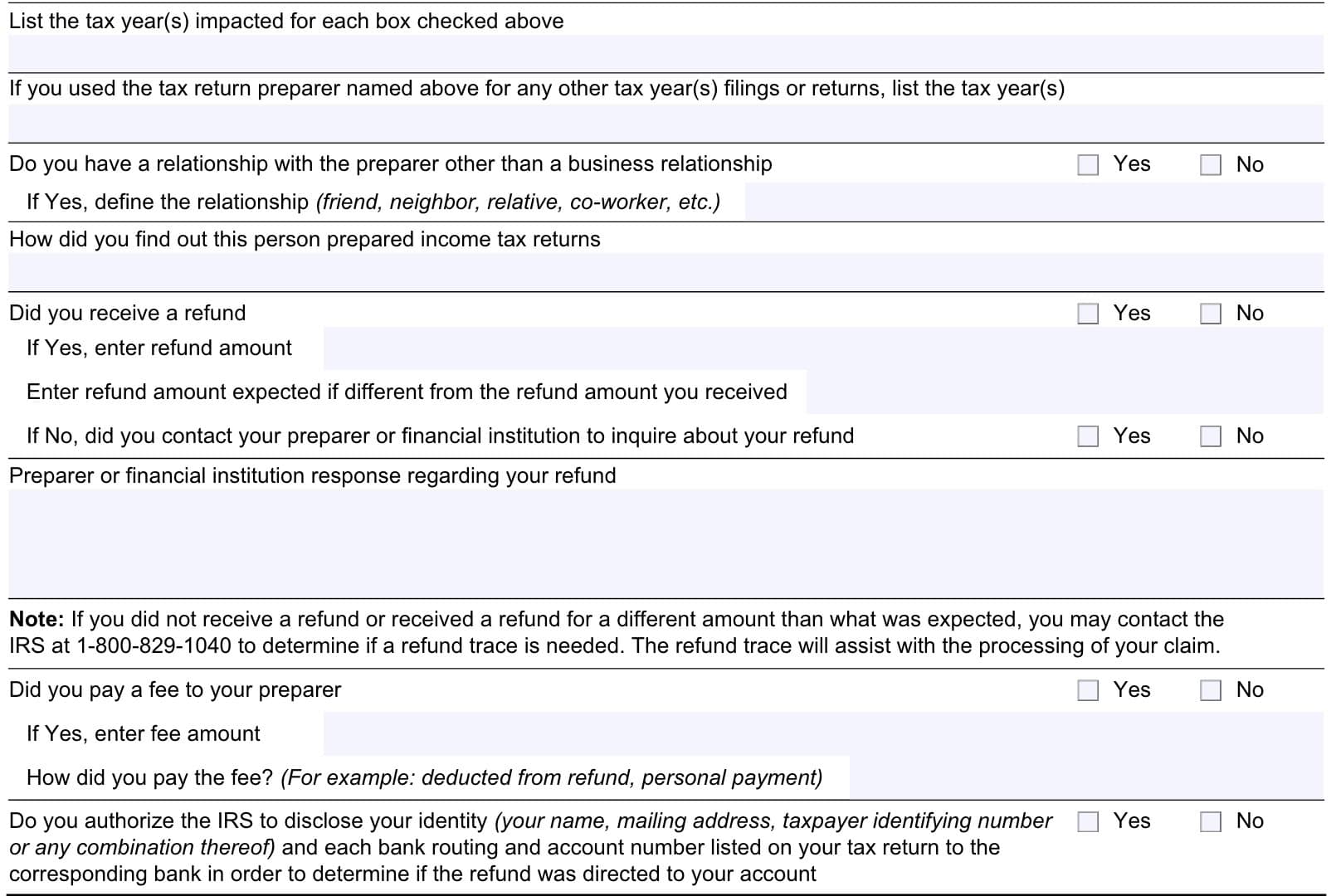
IRS Note About Refund Traces
Just below the response field, you’ll see this note:
If you did not receive a refund or received a refund for a different amount than what was expected, you may contact the IRS’ phone number at 1-800-829-1040 to determine if a refund trace is needed. The refund trace will assist with the processing of your claim.
IRS Form 14157-A Instructions
But what does this mean? This could mean that your tax refund difference may not be your tax return preparer’s fault.
If this is the only suspicious observation about your tax professional, you might want to investigate the status of your tax refund before reporting your return preparer. Below are examples of other possible things that might have happened to your refund:
- Refund check was lost in the mail
- Tax refund was sent to the incorrect financial institution
- Tax refund was used to offset other debt
If your tax refund was lost
If your tax refund was lost or sent to the wrong bank account, you can initiate a trace by calling the IRS (see the note above), or by filing IRS Form 3911, Taxpayer Statement Regarding Refund. Married couples filing a joint tax return must use IRS Form 3911 to initiate a trace of their missing tax refund.
Tax refund offset
Another possibility is that your tax refund (or part of your tax refund) was used to pay back debt that you or your spouse owe. Below are types of debt that the Department of Treasury may garnish, or offset, using your tax refund:
- Federal tax debt
- State tax debt
- Unpaid child support
- Federal agency non-tax debts, such as Social Security overpayments
- Student loans
- Certain unemployment compensation debts owed to a state
Check out this article for additional information on how tax refunds offsets work.
Injured spouse allocation
If you filed a joint tax return, and your portion of the tax refund was offset to pay down your spouse’s debt that you are not responsible for, you may be able to file IRS Form 8379, Injured Spouse Allocation, to claim that part of your tax refund.
Watch this video to learn more about how injured spouse allocation works.
Did you pay a fee to your tax preparer?
Check Yes or No. If Yes, indicate how you paid your tax preparation fee.
Do you authorize the IRS to disclose your identity?
Finally, you’ll check whether you authorize the IRS to disclose certain personal information to the bank for further research. This might include the following financial information:
- Your name
- Mailing address
- Taxpayer identification number
- Bank routing number and bank account number listed on tax return
You do not have to authorize the IRS to do this, but your decision may impact whether the IRS can take legal action on your behalf.
Page 2: Narrative and taxpayer signature
On Page 2, you’ll enter, in plain language, what happened. Use additional sheets as required, but be sure to include as much relevant information as you can.
Narrative
The IRS provides space on Page 2 for your written narrative.
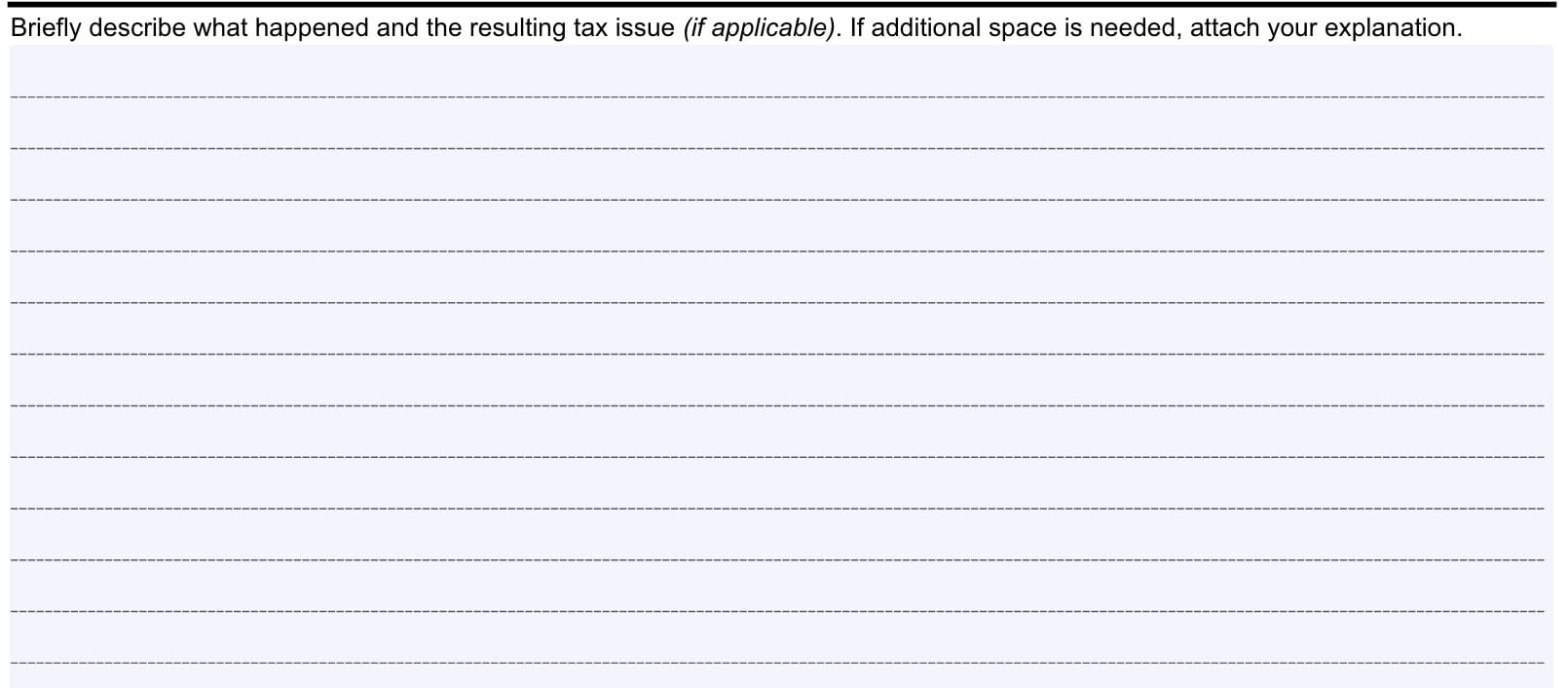
Taxpayer signature
At the bottom is the signature field. If your spouse’s name is on Page 1, then both you and your spouse must sign the bottom of Page 2. Be sure to include your telephone number, with area code, so that an IRS representative can contact you for more information.

Filing considerations
Below are some filing considerations about IRS Form 14157-A.
How do I file IRS Form 14157-A?
How to file your tax return preparer misconduct form depends on whether you received IRS correspondence or not.
If you are responding to IRS correspondence
Taxpayers responding to official IRS correspondence should follow the filing instructions contained in your IRS letter.
If you did not receive IRS correspondence
Otherwise, you can fax or mail your completed form, as well as your supporting documentation, to the IRS Service Center where you would normally file your federal income tax return.
If you live in the United States
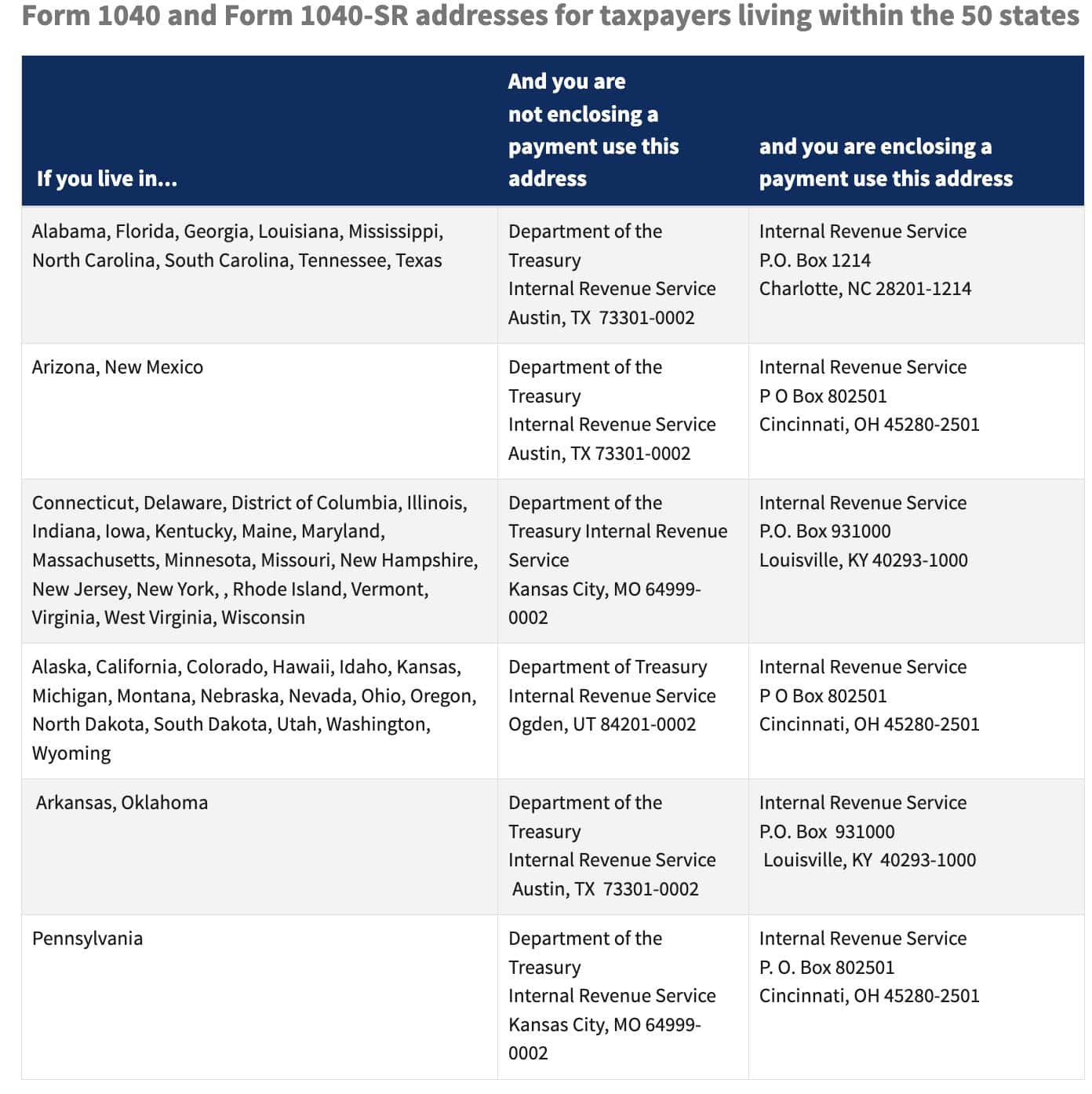
If you live outside the United States
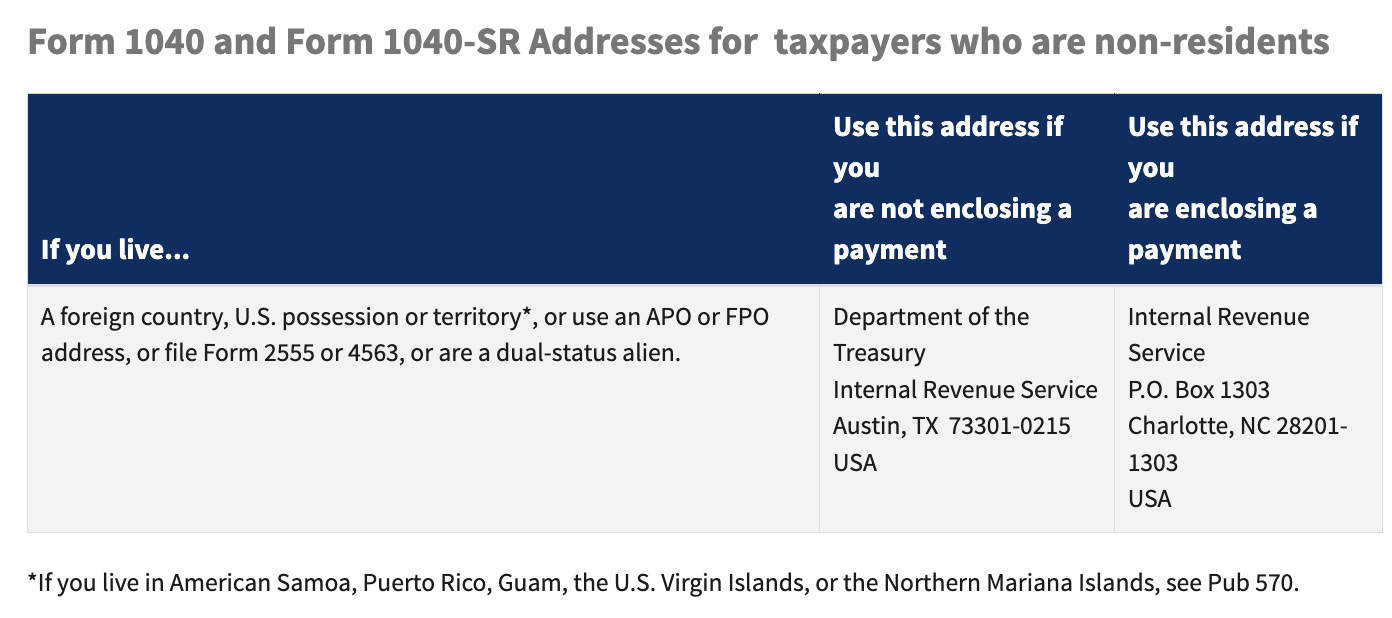
What supporting documentation do I need to provide the IRS?
Regardless of the type of professional misconduct you are reporting, the form instructions state that you should provide at least the following relevant documents:
- IRS Form 14157, Return Preparer Complaint
- Signed copy of your tax return as you intended to file it
- Copy of the completed tax return as it was actually filed by your return preparer
In addition to these basic documents, you may need to include additional paperwork, based upon your circumstances. The IRS expects you to submit supporting documentation that indicates the following:
- Tax preparer held themselves out as being in the business of preparing tax returns
- There was interaction between you, as the taxpayer, and the suspected return preparer
Also, if you did not receive a tax refund, or if the refund amount was different from what you reported on your tax return, you’ll need to provide more documentation, as outlined in the section below.
Let’s take a closer look at each of the documentation requirements.
Evidence showing that the tax preparer held themselves out as being in the business of preparing returns
To meet this requirement, you may submit one or more of the following:
- Copy of tax return received from the tax preparer that identifies the preparer
- Business card of the preparer
- Flyer or advertisement indicating the name of preparer and the preparer’s services
- Professional or business letterhead bearing name of the preparer
- Business name on check from preparer
Evidence corroborating that there was interaction with the tax preparer
To prove that you actually interacted with the preparer, you may need to submit copies of one or more of these documents. Unless specifically requested, you should keep the original versions for your records.
- Tax return received from the tax preparer that identifies the preparer
- Documents received from tax preparer
- IRS Form 8879, IRS e-file Signature Authorization, with signatures or evidence it was received by the preparer
- Negotiated check for payment to the preparer for tax preparation services
- Refund check the taxpayer received from the preparer
- Credit card statement reflecting charge in the preparer’s name for payment for services
- Receipt from the preparer, reflecting a fee for the preparation of a tax return for the year in question
- Paper check(s) reflecting the amount received by paper check, if applicable
- E-mail or text messages exchanged between the taxpayer and preparer concerning the tax return preparation
If you are claiming you received no refund or received only a portion of your refund
If you’re accusing your tax return preparer of stealing part or all of your tax refund, then you’ll need to attach a copy of a police report in addition to the other supporting documentation
This must be signed by a police officer or law enforcement representative, and contain the following information:
- Tax year(s) involved
- Return preparer’s first and last name, address, and
- A statement describing the preparer misconduct and theft of refund.
Video walkthrough
Watch this instructional video for step by step instructions on completing IRS Form 14157-A.
Frequently asked questions
IRS Form 14157-A, Tax Return Preparer Fraud or Misconduct Affidavit, is the form a taxpayer may use when reporting a professional tax preparer to the Internal Revenue Service for tax fraud or misconduct. The purpose of Form 14157-A is to distinguish possible criminal acts from other tax preparer behavior.
This tax form allows a taxpayer to complain about a variety of tax preparer acts. This includes stealing a taxpayer’s refund, improperly using the IRS e-File system, PTIN issues, using false items or documents when filing tax returns.
No. Instead of using IRS Form 14157-A, taxpayers who believe their identity has been stolen will use IRS Form 14039, Identity Theft Affidavit.
According to the IRS website, ghost preparers help complete tax return information, but will not actually sign the tax return. The Internal Revenue Code requires all paid tax preparers must have a preparer tax identification number, or PTIN, and that the paid preparer must put their PTIN on all income tax returns they prepare. In contrast to federal law, ghost tax preparers usually avoid using their PTIN, if they even have one in the first place.
Here is a list of common complaints about these unscrupulous preparers:
-Require payment in cash only and not provide a receipt
-Invent income to qualify their clients for tax credits
-Claim fake deductions or other false claims to boost the size of the refund
-Direct deposit refund into their bank account, not the taxpayer’s account
You may file a complaint by filing IRS Form 14157, Return Preparer Complaint. If you suspect misconduct or fraud conducted by your tax preparer, then you may file IRS Form 14157-A instead.
Where do I get a copy of IRS Form 14157-A?
You may find the latest versions of IRS forms on the Internal Revenue Service website. For your convenience, we’ve enclosed the latest copy of Form 14157-A here, in our article.


